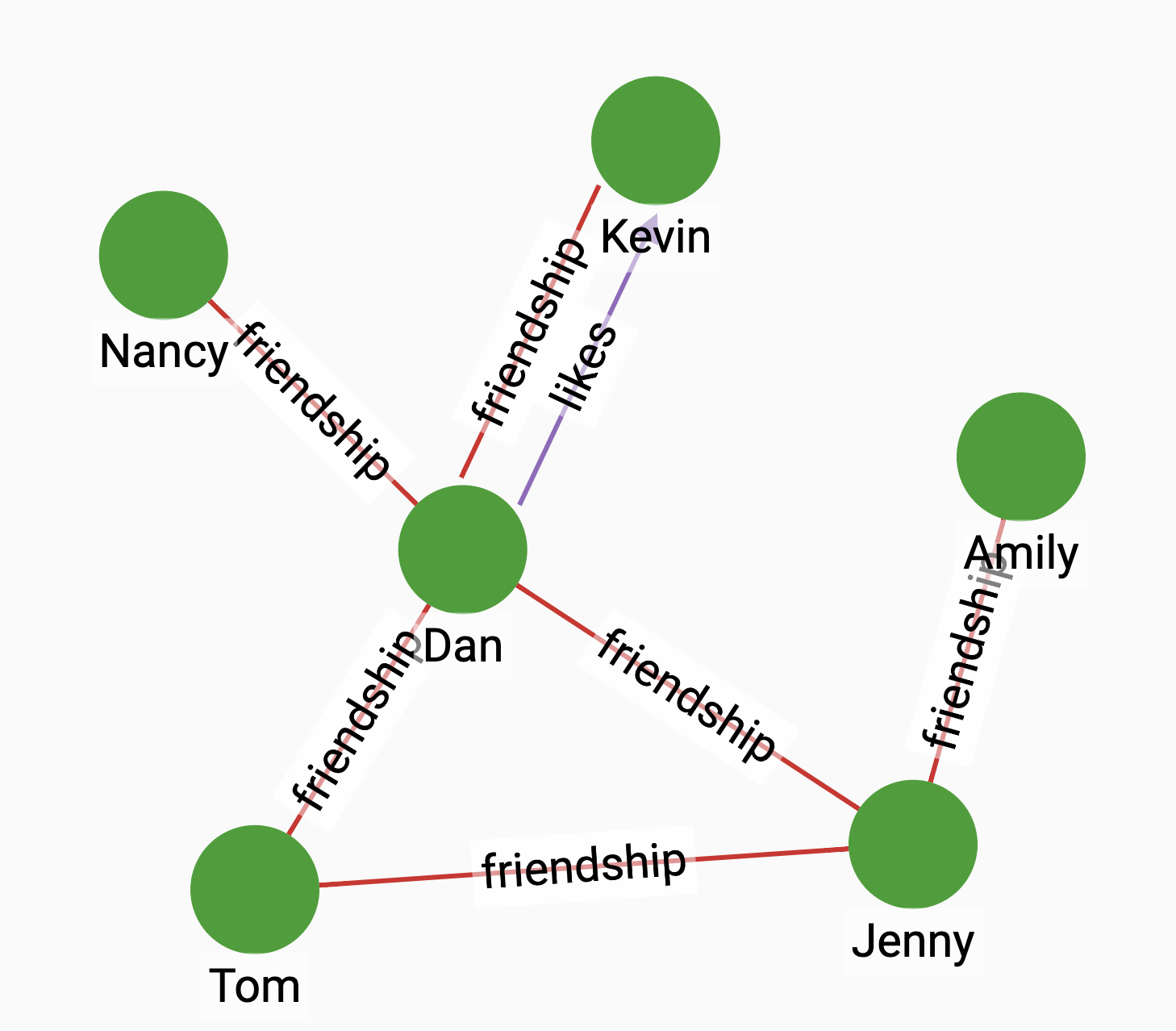Resource Allocation
Resource Allocation is used to compute the closeness of nodes based on their shared neighbors. It is computed by the following formula:
\[{RA(x,y)=\sum _{u\in N(x)\cap N(y)}{\frac {1} {|N(u)|}}}\]
Where \({N(u)}\) is the set of nodes adjacent to u.
